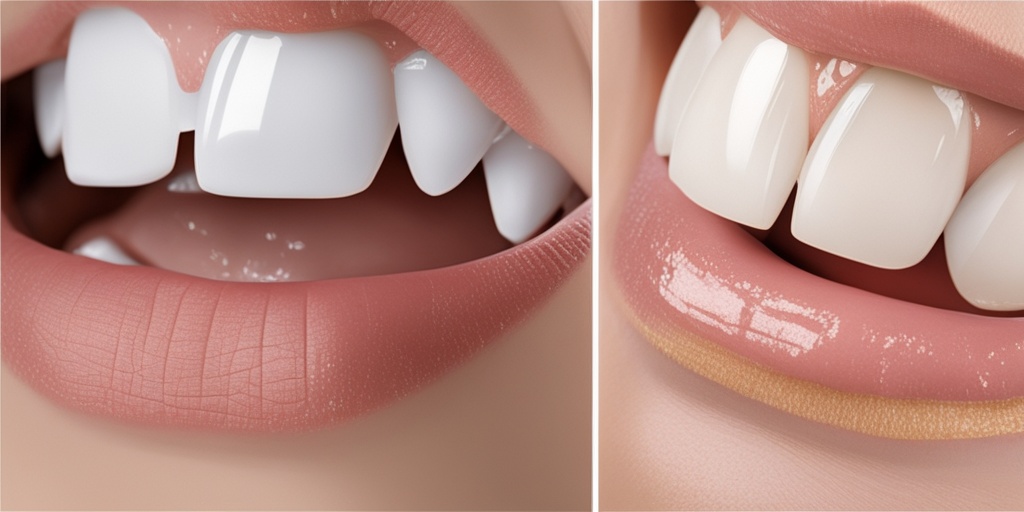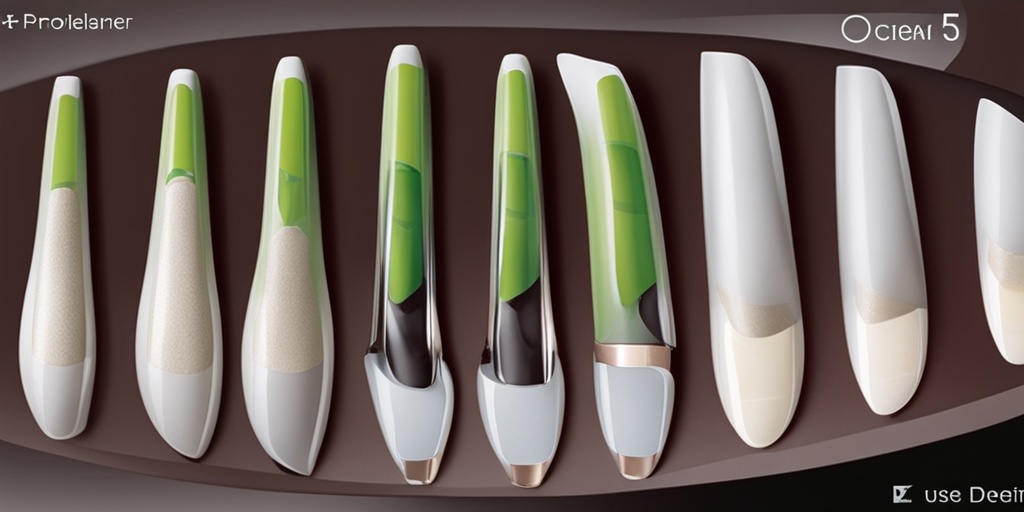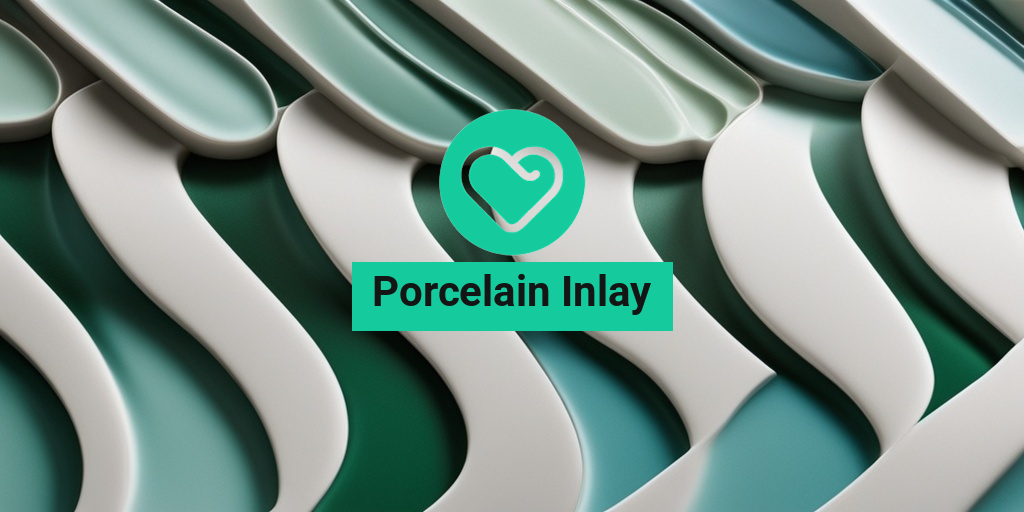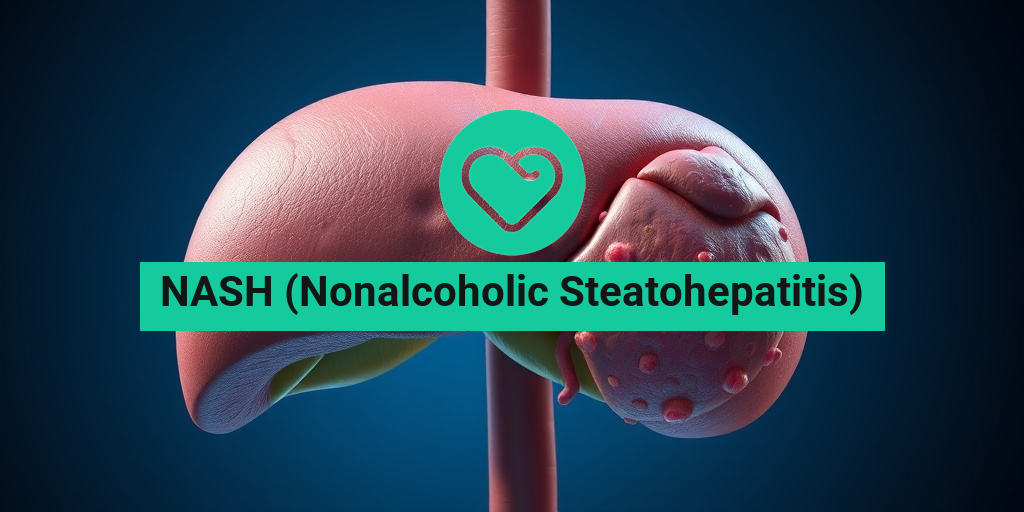What is a Porcelain Inlay?
When it comes to dental restorations, there are several options available to repair damaged teeth. One such option is a porcelain inlay, a type of indirect filling made from ceramic material. But what exactly is a porcelain inlay, and how does it differ from other types of fillings?
Definition and Composition
A porcelain inlay is a custom-made filling made from ceramic material, typically porcelain or ceramic, that is used to repair a damaged tooth. Unlike direct fillings, which are molded into place during a single dental visit, porcelain inlays are created in a dental laboratory and then bonded to the tooth during a separate appointment. This process allows for a more precise fit and a more natural appearance.
How it’s Made
The process of creating a porcelain inlay typically involves the following steps:
- The dentist prepares the tooth by removing any decayed or damaged tissue.
- An impression of the tooth is taken and sent to a dental laboratory.
- The laboratory technician creates a custom-made inlay from ceramic material.
- The inlay is then bonded to the tooth using a special adhesive.
This process typically requires two dental visits: one to prepare the tooth and take an impression, and a second to bond the inlay to the tooth.
Benefits of Porcelain Inlays
So why choose a porcelain inlay over other types of fillings? There are several benefits to consider:
Natural Appearance
One of the primary benefits of porcelain inlays is their natural appearance. Because they are made from ceramic material, they can be colored to match the surrounding teeth, making them virtually invisible. This is especially important for teeth that are visible when you smile.
Durability
Porcelain inlays are also incredibly durable and can last for 10-15 years or more with proper care. This makes them a great option for teeth that are subject to heavy chewing forces.
Resistance to Stains
Unlike composite fillings, which can stain over time, porcelain inlays are resistant to stains and discoloration. This means that your smile will remain bright and white for years to come.
Conservative Preparation
Porcelain inlays require minimal preparation of the tooth, which means that more of the natural tooth structure can be preserved. This is especially important for teeth that are already weakened or damaged.
At Yesil Health AI (yesilhealth.com), we understand the importance of making informed decisions about your oral health. That’s why we provide evidence-based answers to your health questions. If you’re considering a porcelain inlay, be sure to consult with a qualified dentist to determine if this is the right option for you. 💦

Porcelain Inlay vs. Filling: What’s the Difference?
When it comes to restoring teeth, dentists often recommend either a porcelain inlay or a filling. While both options aim to repair damaged teeth, they differ significantly in terms of materials, durability, and aesthetics. In this article, we’ll delve into the differences between porcelain inlays and fillings, helping you make an informed decision for your oral health.
What is a Porcelain Inlay?
A porcelain inlay is a custom-made, tooth-colored restoration made from ceramic material. It’s designed to repair teeth that are damaged due to decay, cracks, or fractures. Inlays are typically used when the damage is too extensive for a filling but not severe enough to require a crown. Porcelain inlays are fabricated in a dental laboratory and then bonded to the tooth using a special adhesive.
What is a Filling?
A filling, on the other hand, is a restoration made from a variety of materials, including amalgam, composite resin, or gold. Fillings are used to repair teeth that have been damaged by decay or trauma. The filling material is molded into the tooth cavity, and then hardened using a special light or chemical.
Key Differences
So, what sets porcelain inlays apart from fillings? Here are the key differences:
- Material: Porcelain inlays are made from ceramic material, while fillings can be made from a variety of materials, including amalgam, composite resin, or gold.
- Durability: Porcelain inlays are more durable and long-lasting than fillings, with a lifespan of 10-15 years or more. Fillings, on the other hand, may need to be replaced every 5-7 years.
- Aesthetics: Porcelain inlays are designed to match the natural color and texture of your teeth, making them virtually invisible. Fillings, while tooth-colored, may not be as aesthetically pleasing.
- Preparation: Porcelain inlays require more extensive preparation, including removing decayed tooth material and shaping the tooth to receive the inlay. Fillings, on the other hand, require minimal preparation.
Porcelain Inlay Procedure: Step-by-Step
Now that you know the difference between porcelain inlays and fillings, let’s walk you through the step-by-step procedure for getting a porcelain inlay.
Step 1: Consultation and Examination
The procedure begins with a consultation and examination by your dentist. They’ll assess the extent of the damage and determine if a porcelain inlay is the best course of treatment.
Step 2: Anesthesia and Preparation
To ensure your comfort, your dentist may administer local anesthesia to numb the area. They’ll then remove any decayed tooth material and shape the tooth to receive the inlay.
Step 3: Impressions and Fabrication
Next, your dentist will take impressions of your teeth, which will be sent to a dental laboratory for fabrication. The laboratory will create a custom-made porcelain inlay that matches the shape and color of your natural teeth.
Step 4: Bonding and Cementation
Once the inlay is ready, your dentist will bond it to your tooth using a special adhesive. They’ll then cement the inlay in place, ensuring a secure and durable bond.
Step 5: Follow-up and Aftercare
After the procedure, your dentist will provide instructions on how to care for your new porcelain inlay. With proper care, your inlay can last for many years to come! 🦷

Porcelain Inlay Cost: Factors Affecting the Price
When considering a porcelain inlay, one of the most significant concerns is the cost. The price of a porcelain inlay can vary greatly depending on several factors. In this section, we’ll explore the key factors that affect the cost of a porcelain inlay.
Location and Dentist’s Expertise
The location of the dentist and their level of expertise can significantly impact the cost of a porcelain inlay. Dentists in urban areas or major cities tend to charge more than those in rural areas. Additionally, dentists with more experience and specialized training in porcelain inlays may charge higher fees.
Material Quality and Type
The type and quality of porcelain used can also affect the cost. High-quality porcelain materials, such as those used in premium inlays, can be more expensive than lower-quality materials. The type of porcelain used can also impact the cost, with some types being more expensive than others.
Number of Teeth Involved
The number of teeth that require a porcelain inlay can also impact the cost. If multiple teeth need inlays, the cost will be higher than if only one tooth requires treatment.
Complexity of the Procedure
The complexity of the procedure can also affect the cost. If the tooth is severely damaged or requires additional procedures, such as a root canal, the cost will be higher.
Insurance Coverage
Insurance coverage can also impact the cost of a porcelain inlay. Some insurance plans may cover a portion of the cost, while others may not cover it at all.
On average, the cost of a porcelain inlay can range from $900 to $2,500 per tooth. However, this cost can vary greatly depending on the factors mentioned above. It’s essential to consult with a dentist to get an accurate estimate of the cost.
Porcelain Inlay Care and Maintenance
Once you’ve invested in a porcelain inlay, it’s essential to take good care of it to ensure it lasts for years to come. Proper care and maintenance can help extend the life of your inlay and prevent future problems.
Brushing and Flossing
Regular brushing and flossing are crucial to maintaining the health of your teeth and inlay. Use a soft-bristled toothbrush and a fluoride toothpaste to clean your teeth at least twice a day. Don’t forget to floss once a day to remove any food particles and plaque.
Avoiding Harmful Habits
Avoid habits that can damage your inlay, such as biting or chewing on hard objects, like ice or hard candy. These habits can cause the inlay to crack or break.
Regular Dental Check-Ups
Regular dental check-ups are essential to maintaining the health of your inlay. Your dentist can detect any potential problems early on and provide guidance on how to care for your inlay.
By following these simple care and maintenance tips, you can enjoy your porcelain inlay for years to come. Remember, a healthy smile is a happy smile! 😊

Porcelain Inlay vs. Crown: Which is Right for You?
When it comes to restoring damaged teeth, dentists often recommend either a porcelain inlay or a crown. While both options can effectively repair teeth, they serve different purposes and are suited for specific situations. In this article, we’ll delve into the differences between porcelain inlays and crowns, helping you make an informed decision about which option is right for you.
What is a Porcelain Inlay?
A porcelain inlay is a custom-made, tooth-colored filling made from ceramic material. It’s used to repair teeth that have been damaged by decay or trauma. Inlays are typically used when the damage is limited to a small area of the tooth, and the surrounding tooth structure is still intact. The inlay is bonded to the tooth using a special adhesive, creating a strong and durable bond.
What is a Crown?
A crown, on the other hand, is a cap that covers the entire tooth, restoring its shape, size, and function. Crowns are often used when a tooth is severely damaged, decayed, or broken, and there’s not enough tooth structure left to support a filling. Crowns can be made from various materials, including porcelain, ceramic, or metal.
Key Differences Between Porcelain Inlays and Crowns
So, what sets porcelain inlays and crowns apart? Here are the key differences:
- Scope of Repair: Inlays are used for small, localized repairs, while crowns are used for more extensive repairs that require covering the entire tooth.
- Tooth Preparation: Inlays require minimal tooth preparation, whereas crowns require more extensive preparation to accommodate the cap.
- Durability: Both inlays and crowns are durable, but crowns are more prone to cracking or breaking due to their larger size.
- Aesthetics: Inlays are often more aesthetically pleasing since they blend seamlessly with the surrounding tooth structure, whereas crowns can be more noticeable.
When to Choose a Porcelain Inlay
If you have a small area of tooth decay or damage, a porcelain inlay might be the ideal choice. Inlays are perfect for:
- Small to moderate-sized cavities
- Teeth with minimal damage
- Patients who want a more conservative approach to tooth repair
When to Choose a Crown
On the other hand, if you have a severely damaged tooth or a large area of decay, a crown might be the better option. Crowns are ideal for:
- Severely decayed or broken teeth
- Teeth with significant cracks or fractures
- Patients who need a more extensive restoration
Common Questions About Porcelain Inlays
Now that we’ve explored the differences between porcelain inlays and crowns, let’s address some common questions about porcelain inlays:
What is the Cost of a Porcelain Inlay?
The cost of a porcelain inlay varies depending on factors like location, dentist’s fees, and the complexity of the procedure. On average, the cost of a porcelain inlay can range from $900 to $2,500 per tooth.
How Long Do Porcelain Inlays Last?
With proper care, porcelain inlays can last for 10 to 15 years or more. However, their lifespan depends on factors like oral hygiene, diet, and overall health.
Are Porcelain Inlays Painful?
The procedure for placing a porcelain inlay is typically painless, as it’s performed under local anesthesia. You might experience some sensitivity or discomfort during the recovery period, but this can be managed with over-the-counter pain relievers.
Can I Get a Porcelain Inlay Instead of a Filling?
Yes, in some cases, a porcelain inlay can be a suitable alternative to a filling. However, this depends on the extent of the tooth damage and the recommendation of your dentist.
By understanding the differences between porcelain inlays and crowns, you can make an informed decision about which option is right for you. Remember to consult with your dentist to determine the best course of treatment for your unique needs. 💦

Frequently Asked Questions about Porcelain Inlay
What is a Porcelain Inlay?
A porcelain inlay is a type of dental restoration made from ceramic material, used to repair teeth that are damaged or decayed. It is a more conservative approach compared to crowns, as it preserves more of the natural tooth structure.
What is the difference between a Porcelain Inlay and a Filling?
A porcelain inlay is a custom-made restoration, fabricated in a dental laboratory, whereas a filling is a direct restoration done in the dentist’s office. Inlays are more durable and long-lasting compared to fillings.
How long does a Porcelain Inlay last?
With proper care, a porcelain inlay can last for 10-15 years or more. However, the lifespan may vary depending on factors such as oral hygiene, diet, and overall health.
What is the cost of a Porcelain Inlay?
The cost of a porcelain inlay varies depending on factors such as location, dentist’s fees, and complexity of the procedure. On average, the cost ranges from $900 to $2,500 per tooth.
What is the difference between a Porcelain Inlay and a Crown?
A porcelain inlay is a more conservative approach, preserving more of the natural tooth structure, whereas a crown covers the entire tooth. Inlays are suitable for teeth with moderate decay or damage, while crowns are used for more extensive damage.
What are the advantages of Porcelain Inlays?
The advantages of porcelain inlays include:
- Long-lasting: Inlays can last for 10-15 years or more with proper care.
- Natural appearance: Inlays are made from ceramic material, making them aesthetically pleasing and natural-looking.
- Conservative approach: Inlays preserve more of the natural tooth structure compared to crowns.
What are the disadvantages of Porcelain Inlays?
The disadvantages of porcelain inlays include:
- Higher cost: Inlays are more expensive compared to fillings.
- Multiple dental visits: Inlays require multiple dental visits, which can be time-consuming.
- Sensitivity: Teeth may be sensitive after the procedure, but this is usually temporary.
How do I care for my Porcelain Inlay?
To care for your porcelain inlay, maintain good oral hygiene habits, such as:
- Brushing your teeth at least twice a day with fluoride toothpaste.
- Flossing daily to remove plaque and food particles.
- Visiting your dentist regularly for check-ups and cleanings.
Can I get a Porcelain Inlay if I have a sensitive tooth?
Yes, you can still get a porcelain inlay if you have a sensitive tooth. However, your dentist may need to perform additional procedures to reduce sensitivity before placing the inlay. 💉
Can I get a Porcelain Inlay if I have a large filling?
Yes, you can still get a porcelain inlay if you have a large filling. In fact, inlays are often used to replace large fillings that are failing or have failed. 🔄




